One of the difficulties that LGBTQI people in Iran face from childhood, adolescence, and even into adulthood, are the conditions they encounter in schools and other educational institutions. Mainstream Iranian society lacks information and awareness of many sexual and gender issues – so when LGBTQI individuals enter these educational communities they also meet with a lack of understanding of their lives. But the start of a new school year offers a fresh opportunity to learn about these issues.
“Since the time I was in high school, because I was transgender at a girls' school, I heard the worst things and experienced the most humiliating treatment, from teachers and other students as well as from the parents of the other students.
“I was in the school office every day and during breaks. I could not go to the schoolyard during breaks and spend time with the other students – it was as if they enjoyed harassing me. And with every bad thing that happened at school, I was dragged to the school office and questioned, for no logical reason."
These are some of the problems that Soroush experienced as a transgender man during his studies at an all-girls’ school.
The Persian equivalent of "trans" or "transgender" is tarajensiaty. A trans woman is a person born with a masculine body and sex organ, but who considers her gender identity and sexuality as a woman; and, in fact, she is a woman. A trans man is a person who is born with a female body and sex organ, but defines his gender identity and sexuality as male; and is, in fact, a man.
In the new version of the WHO Classification of Diseases, ICD-11, which previous included transgenderism as an identity disorder, transgenderism has now been removed from this list. The list defines a persistent heterogeneity between the gender with which a person identifies himself/herself and the gender assigned to him or her on the basis of the sex organs with which they are born.
In the process of "gender adaptation" or "gender reassignment", trans people tend to choose their clothing, makeup and grooming in accordance with the customs and norms of the gender with which they identify. In some cases a trans person will undergo hormone therapy and elect for surgical procedures to change their hormone balances and to convert their sex organs to take on the physical characteristics of their true gender identity.
But a trans person’s challenged mental state, arising from the confusion he or she feels about their sexual orientation and gender identity, and the differences he or she feels compared to their peers and classmates, exposes him or her to pressures at school that are often impossible to bear. Even if a person is not consciously aware of this difference, the negative and bipolar view of sex and gender that prevails in most social, cultural, and religious groups of Iranian society, conveys this feeling of difference and of not “belonging” to a trans person.
Several conditions in Iran have created a situation where the LGBTQI community experiences discrimination, psychological pressure and harm and even violence and physical harm. The taboo of talking about sexual and gender issues, and the irresponsibility of the ruling system in giving correct education to children from an early age as well as the lack of up-to-date sexual and gender information in comparison with the scientific sources of modern psychology in the world, have all exacerbated and compounded the difficulties faced by trans Iranians. And the public view towards these people is still negative; they see trans people as suffering from a pathology, or morally and sexually perverted.
Soroush says: "I was told that I was ill and that I had a mental problem. Finally, they took me to the education intelligence office. There, too, they do not treat a person like a human being. Eventually they made me leave the school I was accustomed to, and leave all my friends, and it was very, very difficult for me. But I am happy that I was able to successfully get through this period and not set foot in any other school. I wish I could one day establish a school for LGBT children in Iran so that they can study peacefully, away from the judgments, discrimination, and insults that I and others like me have experienced."
All of these problems become more acute as trans people move into adolescence and youth, and especially during the stressful period of puberty, because families and society expect the individual to conform to mainstream masculine or feminine identities while also adhering to a heterosexual orientation. The expectation is that people must follow the norms of society, culture and religion. But a person may feel that their sexual orientation is different from what society considers normal, or that he or she may define their gender identity and sexuality differently from what has been attributed because of their sexual organs at birth.
The fear of being excluded from society and not being accepted by one’s peers creates a condition in which a trans person feels they must hide the reality of their gender and sexual orientation. These pressures, in addition to being inflicted on them, are a factor for psychological damage that may have more devastating effects in later years and accompany a person throughout life.
Ava is a trans woman, and she says about her difficult days at school, interacting with children and teachers: "Because of the style of talking and walking and the difference in appearances which I had with the other boys, I was constantly ridiculed and laughed at by the guys. Believe me, I tried my best to play the role of a boy so that no one would bother me, but it seemed that things were getting worse and I was getting more attention. The children kept shouting and laughing at me using humiliating labels such as "Eva Khahar" [i.e. ‘sister,’ in this case a derogatory term used for a boy with feminine behavior] and no one, not even the teachers, supported me. Sometimes they even accompanied the students."
The above situation becomes more severe in an environment such as a school. Elementary school is one of the first communities that a person experiences after family, given the gender and sexual segregation that exists in schools and educational institutions in Iran, and other young people do not know how to behave when encountering a trans person.
But more than this – the prevailing education system in the country has no sense of responsibility towards trans people and there is no specific law to protect trans Iranians from mistreatment or discrimination.
Mandatory clothing is another aspect of discrimination that affects trans people in Iran. Nima, a trans man, says that as a trans man he has “a hard time wearing [Islamic hijab] but I have to wear it every day to go to university.” Nima was born with the physical and sexual attributes of a woman – and therefore is required to wear hijab in Iran – but he identifies as a man. He dresses simply with a short veil and has short hair – which causes university security guards to complain about his appearance.
Nima adds: "I live in a small town where almost everyone knows each other. The problem I faced from the beginning was that people saw me outside in boys' clothes and gear, but when I wanted to go to school and I had to wear a veil. I felt very bad. I felt that my city and everyone were looking at me like I was somehow wrong. My only happiness is that there are boys and male professors on university campus, and it may be a little easier for me to communicate."
In addition to transgender people, people who define their sexual orientation other than heterosexuality also face many problems.
"I suffered a lot during my 12 years at school," says Damon, a gay man, about his school days. "It was very hard. Everyone disliked me and taunted me and called me with insulting names. My heartbeat grew faster when I heard them. Apart from the children, the teachers did not treat me well and harassed me, upsetting my soul and psyche. I also experienced physical and sexual harassment which still makes me feel disgusted when I remember them. I still feel stress and anxiety from these memories."
Human sexual orientation is not limited to heterosexuality, that is, sexual and emotional attraction to the opposite sex. Sexual orientation in humans covers a wide range: a person can be anywhere on this spectrum and define his or her sexual orientation and sexual identity in many ways. Human sexual orientation can also change over time; over time, people can gain a better understanding of their sexual and emotional desires and begin to understand its different aspects.
The American Psychological Association and the World Health Organization excluded homosexuality from its list of mental illnesses and disorders, and recognized the range of sexual orientations in human beings, many years ago.
But a lack of support from families as a safe haven for gay people, when dealing with the problems they face in society, especially in countries that still criminalize or vilify homosexuality, makes life even more difficult for gay women and men.
Damon’s family did not understand his sexual orientation or offer him support.
"I did not have a good situation at home and with my family,” Damon says. “They did not know anything about my sexual orientation, but because of seeing a difference in me, we had a lot of stress. I poured all these problems and stresses into myself and I became more and more isolated. ... I ran away and the desire to continue my education always remained in my heart. I left it and I feel that my life has been destroyed. Sometimes I ask myself why I am gay. I wish it was not my sexual orientation so I would not suffer so much. But this was not my decision, I did not choose my sexual orientation and I blame myself for no reason. Even though the school period is over, this cycle of harassment in the community continues and will not end."
Evidence suggests though that people who are supported by family and friends in accepting their sexual orientation or gender identity then experience better mental health and cope better with stress in their lives.
The coronavirus pandemic means that many classrooms are online-only this year. The situation is far from ideal for all students – especially those with limitations in their internet access. But while the online-only classes does not solve all the issues faced by trans and gay people in educational institutions, nevertheless, many in the LGBT community are taking this as an opportunity to study without the harassment, discrimination and sense of danger they routinely face at their institutions.
And yet there are also compassionate people, teachers and educators who, with awareness, understanding, and acceptance, have tried to provide a safe environment for LGBT people, and with small but laudable steps, have struggled to improve the situation for trans and gay students and to promote for equal rights for all.
The question is: how long will the existing laws and the educational system in Iran ignore a large part of Iranian society? How long will trans and gay people be forced to live in the shadows due to discrimination? How long must they pretend they don’t exist and accept the denial of their human rights?
visit the accountability section
In this section of Iran Wire, you can contact the officials and launch your campaign for various problems




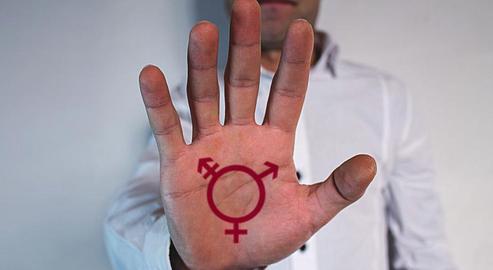

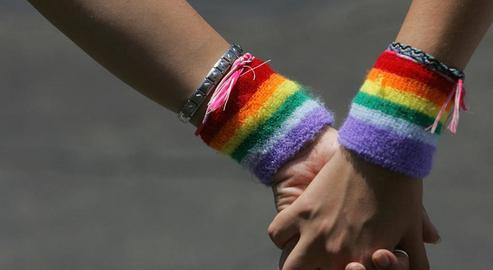
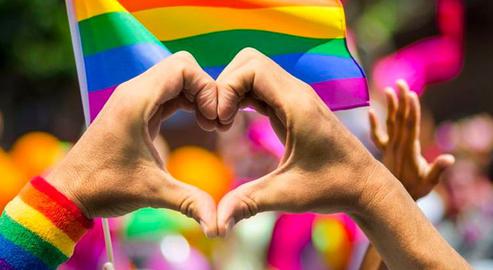



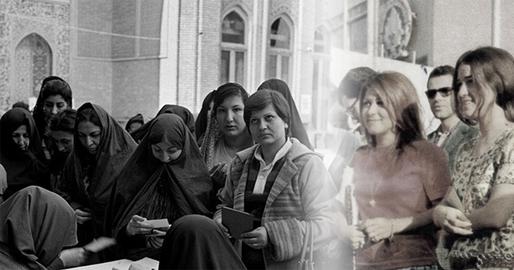
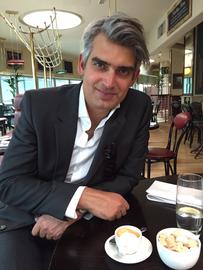
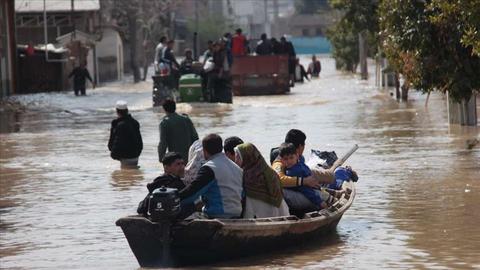
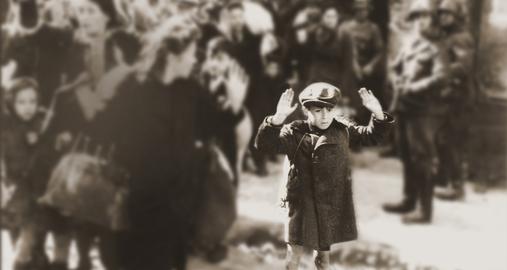
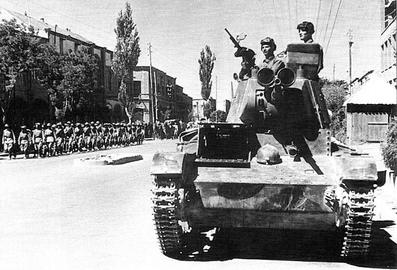
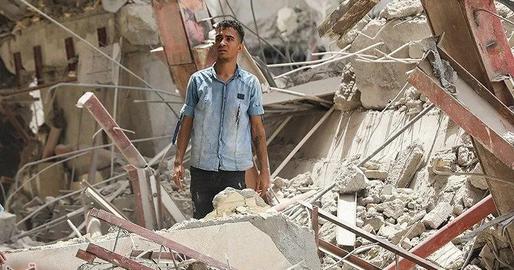





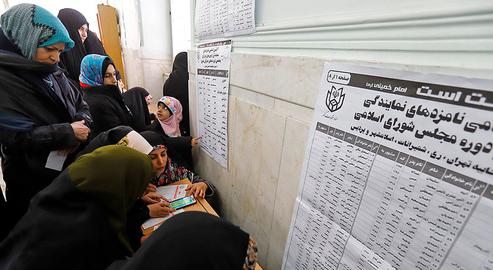
comments